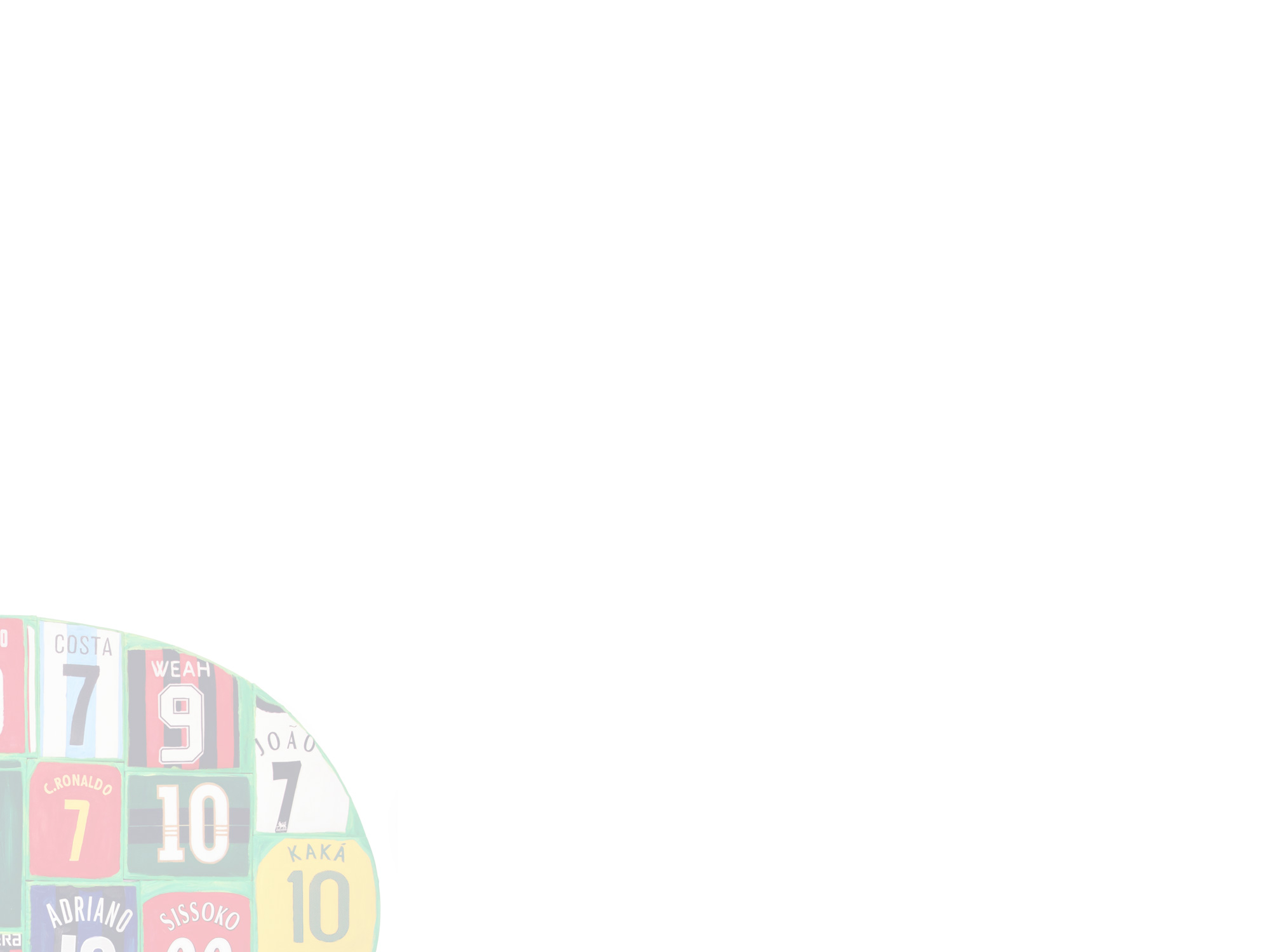

|
Euphoria
21/09/2023 *
The work “Gotas transparentes” (Transparent droplets) was created during the period of isolation that we all experienced in the years 2020/21. In actual fact, this exhibition was originally planned for that period. The sudden cancellation of all planned events and the complete suspension of social life offered artists the rare opportunity to work in their studio without any limitations on time, spending long days there in which time seemed to stretch. It was therefore possible to work methodically on a collection of images that would give rise to a large-scale work, investing in a precarious but enormously fascinating material such as plastic laminate. Thinking of the large window at Fondazione ICA Milano, which brings light into all parts of the room, the idea of projecting coloured shadows onto the other works in the exhibition emerged, exploiting the properties of textiles and transparent plastics. The work thus formed can be admired from both sides and can be interpreted as an immense collage, with interwoven droplets fluctuating on the floor, moving like a drape. The set of images is based principally on pre-printed, ready-made elements. Once assembled, they generate a dreamlike, tropical-looking vision with palm trees, flowers, rivers, beaches and even jaguars. The work, created in a period when there was an infinite availability of time, but when all activities were suspended, lies somewhere between the projection of an ideal of the future and the recording of a memory. An attempt to preserve the recollection of what has now become the “old normality” and, at the same time, in some way, the repository of hopes for a new ideal horizon. A future in which, who knows, perhaps we will be able to find a cure for every ailment. Over this interweaving of droplets hovers a spirit that privileges pure invention at the expense of truth. Starting from Gotas transparentes, a fundamental work for the show’s narrative, this spirit later extended its influence to the other works, as can be seen from the anti-hierarchical aspect that characterises the collage processes. So, beyond the references to the tropical world, a vision is presented that in part endeavours to react to the excesses of everything around us, a vortex in which we are immersed to such an extent that it is difficult to escape it or abandon ourselves to abstraction: a veritable bombardment to which we are constantly exposed and that can be seen on the colourful streets, day and night, right through to the multicoloured Brazilian carnival, and especially comprising the visual and acoustic potpourri to which we are subjected by social networks. *
Initially, the intention was to create a set of works with an open meaning. Compositional methods were developed from a structure conceived for each painting-object, a process with an increasingly sculptural character that resulted in works resembling installations. However, a certain exaggeration of pink, purple, red and gold colours is particularly evident in this group of works. An exaggerated chromaticity that derives, perhaps, from the feeling of euphoria experienced through that anxiety that preceded the return to normality. A state caused by the prospect of a possible return to the old life, with all the intensity that typifies this century and the burdensome daily life that, however, seduces us with its dizzying speed. This euphoria is reflected here in the exaggeration of vivid tones, perhaps similar to what happens with the intense colours of the flowers on the trees, which take on more marked hues in an attempt to continue to exist. In the case of the works, euphoria takes the form of a desire to secure a future that resembles the past. And, at the same time, a way of documenting recent memory, in order not to forget what came before and, at last, to understand how we got here. Leda Catunda
|